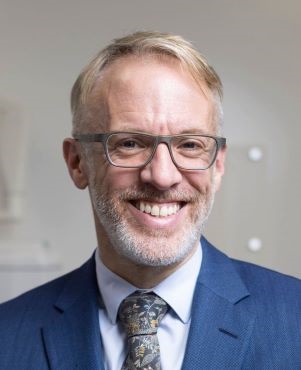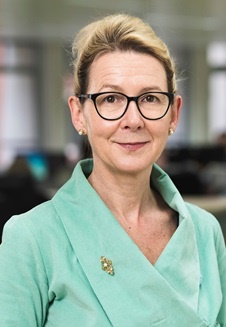Understanding the number of dental professionals on our registers
One of our statutory functions is the registration of qualified dental professionals in the UK and we recently passed the 2021 Annual Renewal period for dental care professionals (DCPs). Around this time of year (and in January in relation to the dentist Annual Renewal) we often see discussion about how many professionals remain registered and – on occasion – wide-of-the-mark conclusions being drawn from the statistical reports we publish.
With that in mind, I thought it would be helpful to explore some of the usual registration patterns and explain some of the fluctuations we typically see.
A steady rise followed by a steeper dip is normal
We manage two registers: one for dentists and one for the rest of the dental team, which is called the dental care professional (DCP) register.
Dentists renew their registration during the weeks leading up to 31 December and the rest of the dental team (dental care professionals) renew their registration in the weeks leading up to 31 July.
While the registers change on a daily basis, what we invariably see for both DCPs and dentists is that, over the course of the year, the number of registered professionals gradually increases as new people join. That number then drops quite sharply straight after Annual Renewal, before the gradual increase begins once again.

The reason for this steep post-renewal decline is that, while professionals can, and do, voluntarily remove (or retire) themselves from the registers throughout the year (at an average of about 11 per month*), many more instead either choose to just let their registration expire at the end of their current period of registration or tell us during the renewal process that they wish to voluntarily remove or retire themselves from the register at the end of their current period of registration.
There is of course nothing wrong with this approach but, to the untrained eye, this concentration of professionals leaving the register can look like a mass exodus. It tends to mask the fact that people are leaving and joining the professions over the course of the year, and for all sorts of reasons – whether that be retirement, finding work in different professions or giving up work for other responsibilities.
The importance of looking at trends over time
So, thinking about this, the particular period of time one chooses to compare is incredibly important in drawing the right conclusions from the numbers. Whenever I’m asked about registration numbers, I’m always keen to stress that any conclusions – particularly those taken from limited datasets – should be drawn with caution.
While some volatility in the numbers of professionals registered at single points in the year - or even from one year to the next – can sometimes be seen, it is the trend over time which tells the truest story.
Limitations of the data – does it tell the whole story?
Whenever we look at data, at least as important as asking what it does tell us is asking what it does not, or rather what might be missing, and our registration data is no exception.
If the reason for interrogating the data is to understand whether there may be workforce shortages, or perhaps recruitment challenges around the corner, looking at the national totals which we provide does tell part of the story.
However, the information we hold does not tell us where professionals are (or are not) working, for example, and this means we are unable to analyse the situation on the ground at a regional or local level. Equally, just because someone is registered does not tell us if they are practising full time or part time, or indeed at all. All of these factors have the potential to affect how many people might be available to apply for a particular job vacancy.
Reporting the numbers – DCP and dentist numbers remain stable
Ensuring a sufficient supply of professionals in the dental workforce is not something which falls within the GDC’s remit. But we are uniquely positioned, as the gatekeeper of the registers, to provide transparency and clarity in relation to the numbers wherever we can.
As I say, we are able to provide the broad national picture and to this end, we report the number of dental professionals on our registers at a fixed point every month, in addition to reporting the 31 December position each year in our annual report and accounts.
Alongside, we provide some longer-term trend analysis following the renewal periods each year. The 2021 analysis of both dentists and DCPs on the registers has shown broad stability which, after the significant challenges thrown up by the pandemic, has to be seen as very encouraging.
*Average excludes January and August voluntary removal and retirement figures.
 eGDC
eGDC

















